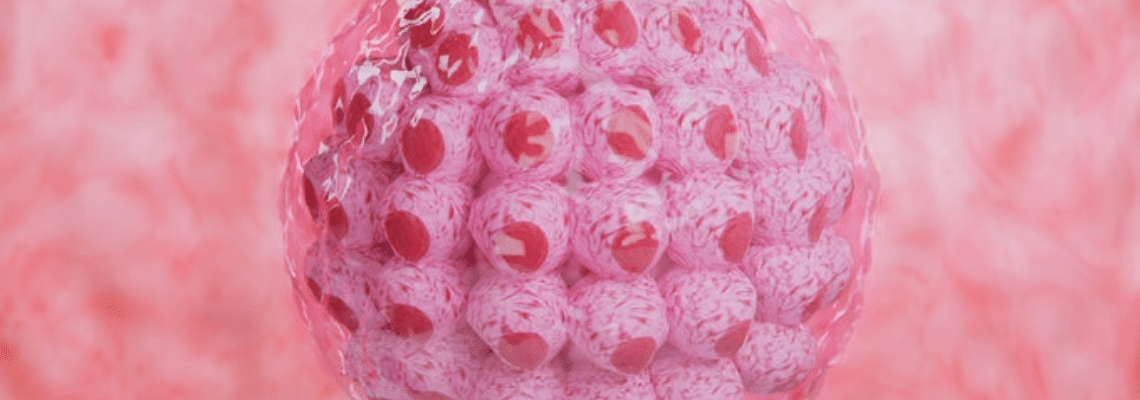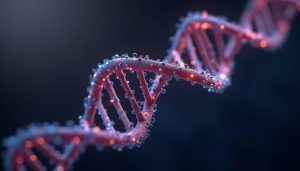
More than half of our genome consists of thousands of remnants of ancient viral DNA known as transposable elements, which are widespread throughout the entire tree of life. Once dismissed as the ‘dark side’ of the genome, researchers at the Helmholtz Zentrum München and the Ludwig Maximilian University (LMU) have now uncovered their crucial role in early embryonic development.
Viral Elements Thought to be Extinct are Re-Expressed in Mammalian Embryos
Transposable elements, remnants of ancient viral DNA, are reactivated in the first hours and days after fertilisation. During this dynamic phase of early development, embryonic cells display remarkable plasticity, but the molecular mechanisms and factors that regulate this plasticity are still unclear. Studies in model systems such as mice suggest that transposable elements play a critical role in cellular plasticity, but it is still uncertain whether this is a universal feature in all mammalian species. The different evolutionary origins of these viral remnants raise further questions about their maintenance in mammalian genomes. Understanding the regulatory mechanisms that control the activation of transposable elements is essential for the advancement of reproductive medicine and for uncovering the fundamental principles of genome regulation.

A team of researchers led by Prof Maria-Elena Torres-Padilla at the Helmholtz Centre in Munich and the LMU set out to study these ancient DNA sequences by developing a novel method for studying their transcription. They created an atlas of individual embryos by comparing embryos from different mammalian species, including mouse, cow, pig, rabbit and the non-human primate rhesus macaque. Their findings were surprising: the researchers discovered that very old viral elements, previously thought to have died out, are re-expressed in mammalian embryos. They also found that each species they studied expressed different types of these elements.
New Avenues for Gene Manipulation and Research into Cellular Plasticity
These observations show that the activation of transposable elements is conserved across species, and the identification of specific elements offers exciting possibilities for simultaneously manipulating thousands of genes in cells. ‘This approach offers a novel way to influence cell fate, such as controlling stem cell differentiation, which usually requires the simultaneous manipulation of hundreds of genes,’ says co-first author Dr Marlies Oomen. ’Our work highlights the importance of understanding the regulatory principles behind transposable elements.’
Prof. Torres-Padilla further explains: ‘Our research reveals that activation of transposable elements is a hallmark of early embryonic cells in several mammalian species. This finding is significant because these cells are pluripotent during early development. Understanding how these cells regulate ancient viral elements provides crucial insights into the mechanisms of cellular plasticity. This study sets the stage for future research into specific regulatory elements, with far-reaching implications for health, disease, and how manipulating these elements could affect cellular processes.’
In addition to developing a novel methodology that opens up new avenues for researchers working with individual cells and embryos, this study has produced an unprecedented data set. Early embryonic development is a highly dynamic process that is of great interest to scientists. However, most studies focus on a single species, usually the mouse or human. However, this study took an evolutionary approach by comparing several mammalian species, which allowed the identification of important regulatory pathways common to all mammals. The biological insights gained from this research, combined with the extensive dataset, will serve as a valuable resource for researchers in developmental and reproductive biology.


